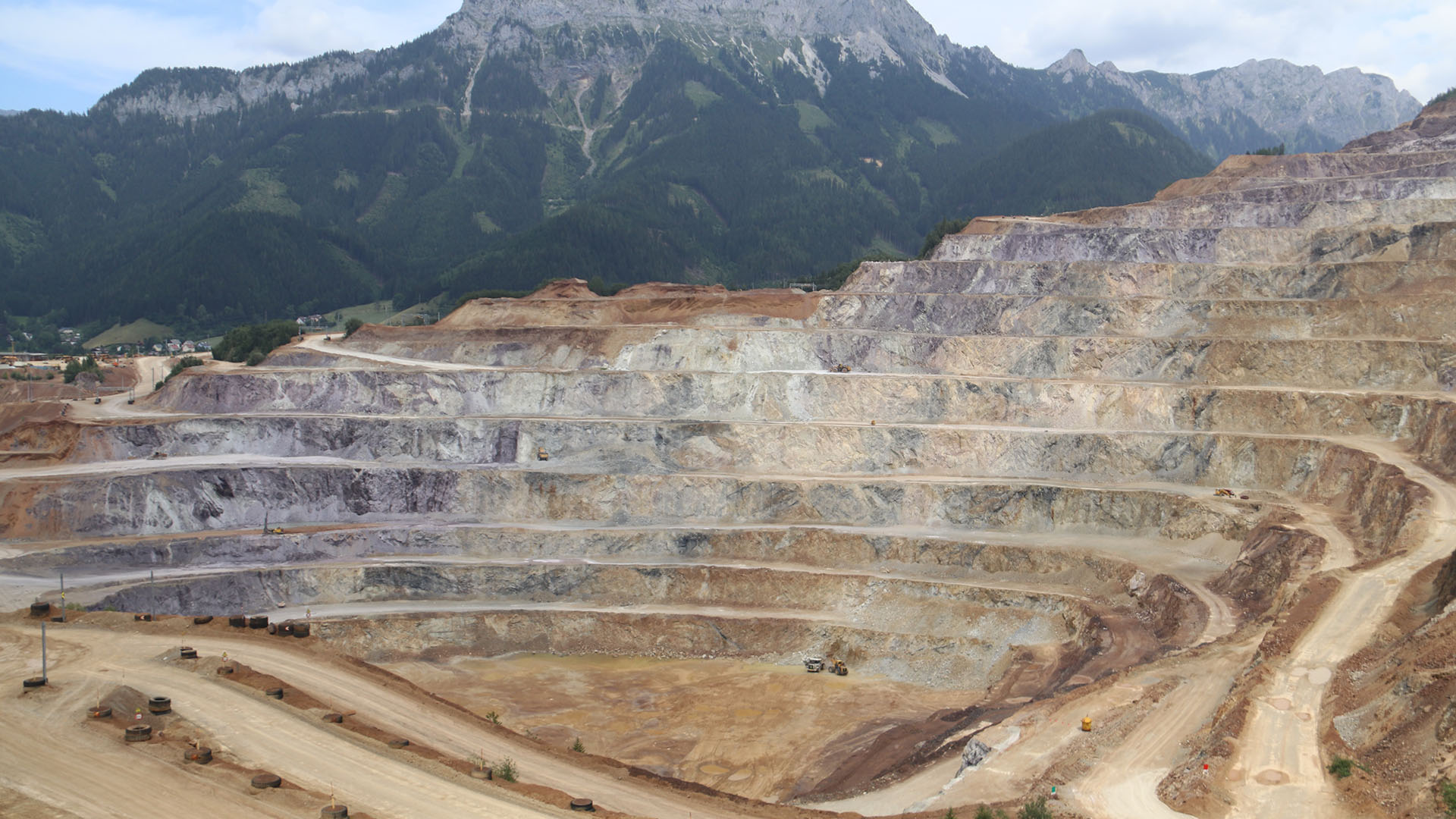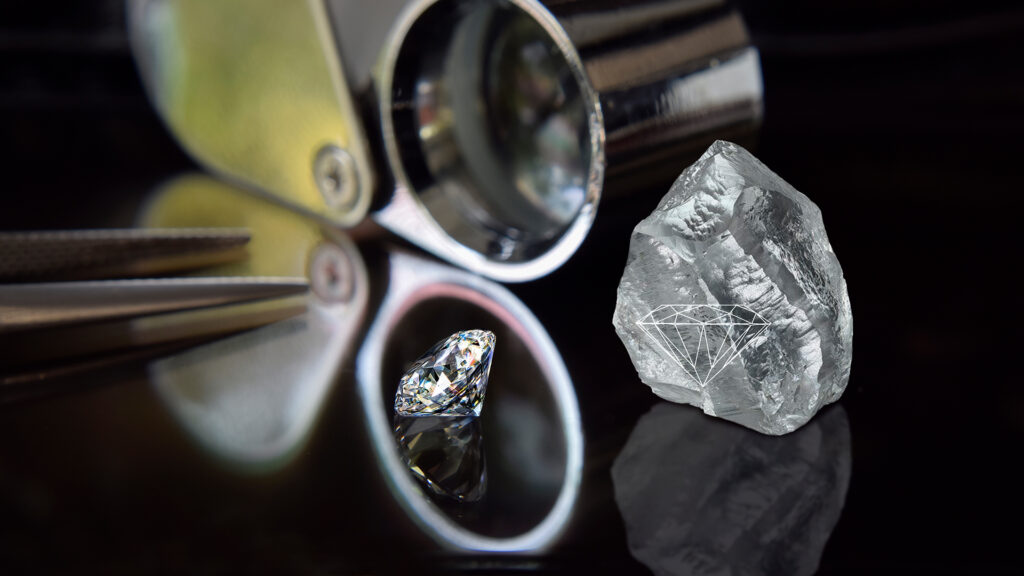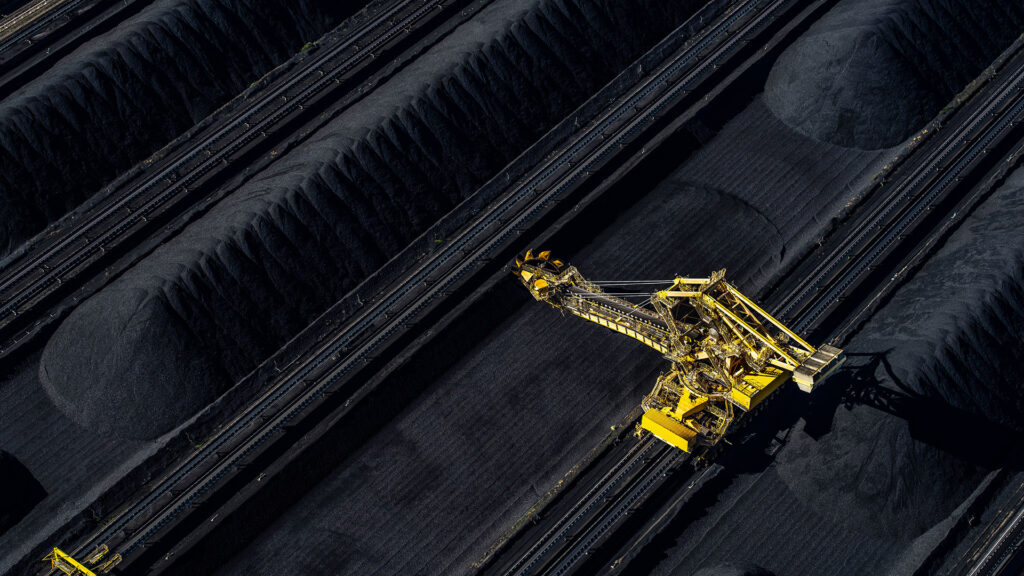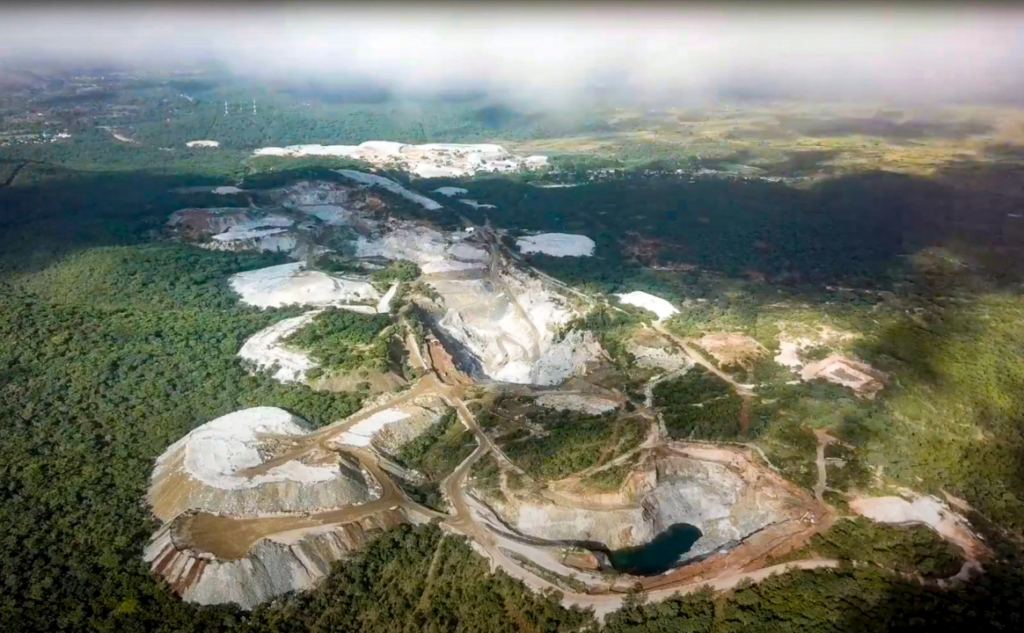Trending: Here are some Business Statistics and Trends to know

Mining is an important activity for many industries and societies, as it provides the necessary resources to power progress. Mining is used to extract valuable minerals resources from the Earth like metals, minerals, fossil fuels, and even water that cannot otherwise be grown or fabricated through artificial means. Out of the many mining methods available, four main methods are typically employed by the biggest mining companies in the world: underground, surface, placer and in-situ.
The choice of mining method is determined by various factors, including the type and location of the resource being extracted, as well as the profitability of each method.
In this blog post, we’ll delve into four main mining commonly employed in the extraction of valuable minerals and metals from the earth shedding light on their processes and significance.
What are the Types of Mining Methods?
There are 4 mining methods that are commonly used. They include surface mining, underground mining, Placer mining and In-situ mining:
1. Surface Mining
Surface mining is a type of mining activity that involves the extraction of minerals located near the surface of the Earth. It is usually preferred over underground mining, when mineral deposits are relatively shallow and close to the surface. Surface mining can include open-pit mining or strip mining procedures, depending on the amount of material present in an area and the intended final outcome.
Heavy machinery such as trucks, excavators, Shovels, Loaders and bulldozers are used to extract the mineral ores. The extracted materials are then processed on-site or transported to processing facilities.
The most common minerals which are extracted through surface mining are Diamond, coal, iron and bauxite. An example of Such a mine is Debswana’s Jwaneng Mine in Botswana being mined at at a depth of 452 meters. This mine is expected to reach a depth of 816 meters by 2034 according to the mining giant.

Surface mining comes with several advantages over its underground counterpart; it is typically cheaper due to lower excessive labor expenses, as well as being more efficient in terms of energy use than underground mines.
Surface mines provide easier access to potential ore deposits since they require no tunnelling or digging, although some effort is required to separate them from above-ground management elements such as reclamation costs and dust contamination prevention measures. Such measures also help protect human health and surrounding ecosystems against potential negative effects from airborne pollution caused by chemical elements extracted during the process.
Not only does this method of operation improve natural habitats but allows for fast liquidity when selling extracted materials on market exchanges worldwide thereby contributing to an accelerated economic return.
2. Underground Mining
Underground mining, also known as subsurface mining, is a method used to extract valuable minerals by digging deep beneath the earth’s surface. This type of mining is most suitable for extracting minerals that are located deep underground and cannot be accessed by other methods. Gold, lead, copper and silver are just a few of the many types of minerals typically targeted with underground mining. The depth and economic value of the mineral deposits are crucial variables when determining which method of mining should be employed.
The Mponeng Gold Mine, located in South Africa, holds the title for the deepest underground mine in the world, with an operating depth ranging from 3.16 km to 3.84 km below the surface. Safety is of utmost importance in all underground mining operations, regardless of location or depth, due to potential hazardous conditions caused by poor air circulation at such great depths. Despite this, underground mines continue to produce significant amounts of ore used by various industries worldwide, from car manufacturing to jewelry making, providing further evidence of its abundant mineral resources found beneath the Earth’s surface.

Underground mining involves creating tunnels deep into the Earth that can access a deposit and extract it with ease. While this type of operation is time consuming and expensive due to the need for specialized equipment and skilled personnel, it often yields higher quality results than alternative mining methods due to its ability to access hidden deposits deep within a rock face or mountain range.
Some of the common underground mining methods include, room and pillar mining, cut and fill mining, shrinkage stoping, block caving, longwall mining, sublevel caving, and open stoping.
3. Placer Mining
Placer mining is a method of extracting valuable metals from sedimentary deposits. This process involves sifting through the sediments and separating out metal particles in the process. Placer mining often happens in places where there are natural accumulations of unconsolidated sands, such as riverbeds or beaches.
Common minerals that are gathered using placer mining include gold, platinum, tin and diamonds. This type of mining has been used for thousands of years, often by small-scale miners looking to make a living from the land they inhabit. It it reported that more than 50% of the world’s titanium comes from this mining method.

As placer mining requires no costly equipment or advanced knowledge, it’s still practiced today in many regions across the world. It’s an economical way to source valuable minerals and gemstones without having to dig deep into the earth and potentially bear heavy costs. While more sophisticated techniques may yield higher recovery rates, basic forms of placer mining can still be cost-effective when gold-bearing sands are present near the surface.
It’s often easier for small-scale miners to access alluvial deposits without advanced metallurgical knowledge or costly machinery. As such, placer mining continues to offer great economic potential both for individuals seeking small-scale gains and large companies aiming to maximize profits.
4. In-situ mining (or Solution Mining)
In-situ mining is a form of mineral extraction that involves leaving the minerals in place where they are found and extracting them without excavating and bringing the rocks and ore to the surface. It is commonly used in uranium mining because it doesn’t necessarily require extensive surface processing before being extracted.
The process begins by introducing a solution into the targeted mineral deposit that dissolves the mineral in its original location so it can be pumped up alongside other materials from the mineral deposit. This solution should be tailored to the specific type of mineral being extracted, taking its chemical composition into consideration.
The Beverley Uranium Mine, located in South Australia, is currently in operation and is Australia’s first in-situ leach uranium mine. The Honeymoon Uranium Mine in South Australia was opened in 2011 and is the second ISL uranium mine in Australia.
The choice of which mining method to use – in-situ or traditional surface mining – needs to take four key factors into account: where the mineral deposit is located, its financial value, environmental considerations and its chemical makeup. Depending on these factors, mines may opt for either method since each offers their own advantages and disadvantages depending on which factors weigh heavier than others.
In comparison to surface mining, in-situ mining requires less equipment costs and investment due to not requiring heavy machinery such as trucks or bulldozers, but their environmental impact has yet to be closely studied compared to conventional methods.
What Consider When Choosing an Ideal Mining Method
Choosing the right mining method is critical to ensure the success of a mining operation. The mining method used needs to be appropriate for the geology, ore characteristics and operational requirements of the mine in question.
There are four main types of mining: Surface, underground, placer, and solution mining. Each method has advantages and limitations that must be considered before determining which one is best suited for a particular project.
When deciding on which type of mining process is most suitable for a given project, several factors should be taken into account.
Surface mining is typically used in cases where deposits are found near the surface; however, this method can cause significant environmental damage due to large-scale excavation.
Underground operations require costly infrastructure setup but might allow higher volume extraction at deeper depths than an open-pit mine.
Placer mines can recover precious minerals from riverbanks and beaches, and make use of available water resources for more efficient extraction.
Solution mining offers many benefits such as being non-invasive, low risk and with minimal disruption to flora and fauna. However, it also has some limitations like need for solute injection or limited recovery potential if inadequate processing occurs along with other strategies needed to extract the mineral.


